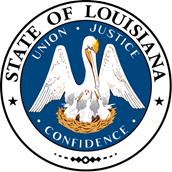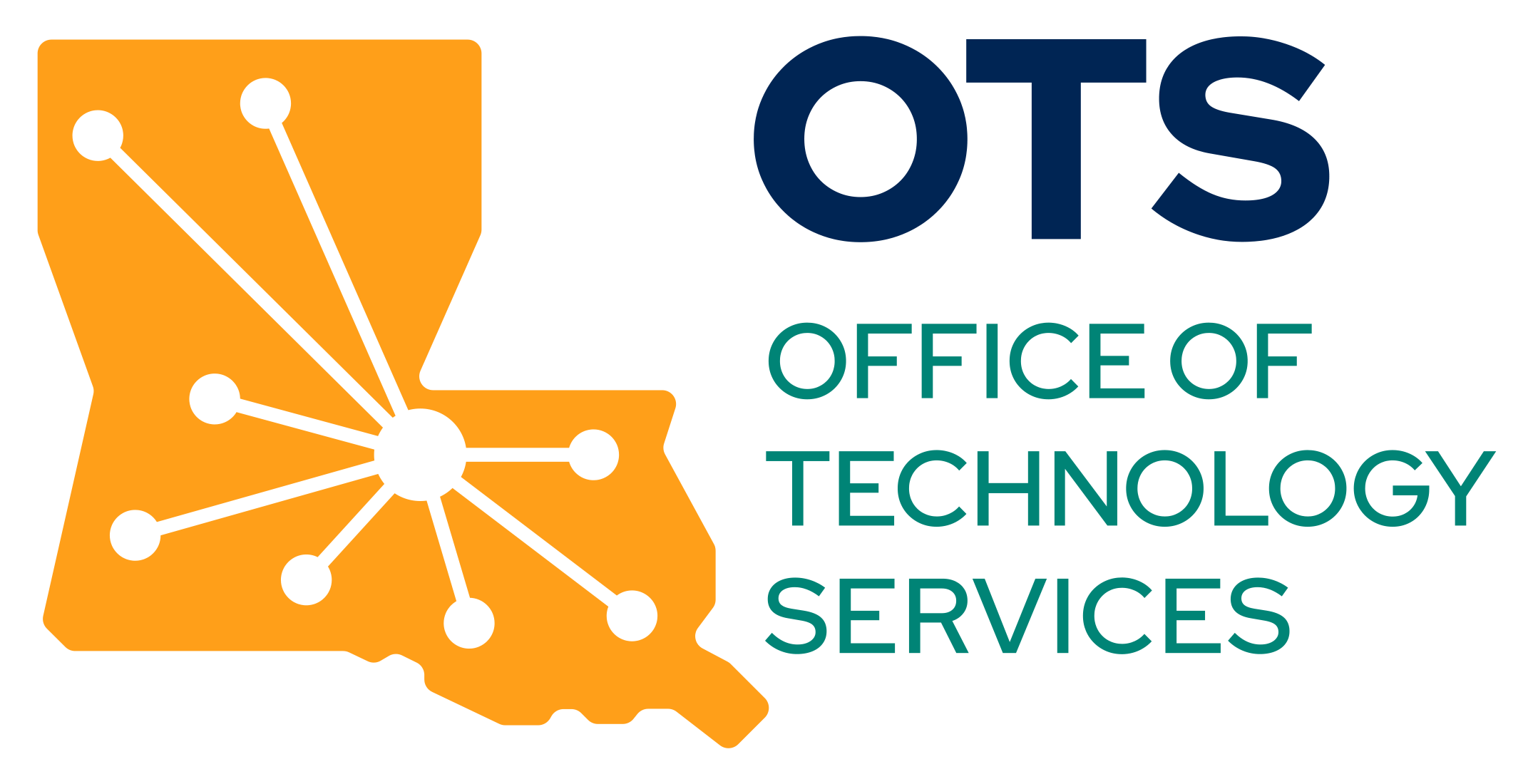
Government
10,000+ employees
Software
eViewer® v5
IBM FileNet P8
Services
MST Technical
Account Manager (TAM)
Deloitte Consulting
MST Consulting
“Deloitte and MST
delivered a system that
consolidated our
infrastructure,
streamlined our
processes, and provided
an ideal end user
experience to foster
efficiency.”
Michael Andresen
Applications and Data Mgmt Director
State of Louisiana
The State of Louisiana, like many government entities, relies significantly on its various agencies to provide essential services to residents and support its workforce. With a considerable number of state employees, maintaining efficient operations is critical for ensuring that these services are accessible and effective. Information technology (IT) plays a vital role in achieving this efficiency by enabling government agencies to manage workflows, share data, and deliver services seamlessly. Office of Technology Services was established in 2014 to consolidate and streamline IT services within state agencies, to save taxpayer dollars.

The Problem
Louisiana’s Office of Technology Services faced significant challenges with its existing IT infrastructure, which was fragmented across various agencies. Each agency operated its own IT systems, leading to several inefficiencies:
- Lack of Interoperability:
The decentralized nature of the IT systems hindered data sharing between agencies, creating information silos and reducing overall efficiency. - High Costs:
Maintaining multiple software systems increased licensing expenses. Some employees required access to several systems, which necessitated additional seat licenses, further driving up costs. - Aging Software:
Many software systems were either approaching or had exceeded their end-of-life dates, meaning they were no longer supported by their vendors. This posed risks to security and system reliability. - Time-Consuming Administrative Processes:
Due to outdated IT systems, government employees often spend excessive time navigating multiple platforms, leading to slower response times for public services and internal operations.
The Solution
To address these challenges, Louisiana’s Office of Technology Services partnered with Deloitte and MS Technology to create and implement a modern IT solution. After thorough analysis, the team determined that IBM’s FileNet P8 would serve as the optimal backend enterprise content management (ECM) system for the diverse state’s agency requirements.
Key components of the solution included:
- Centralized Backend System:
IBM’s FileNet P8 was selected as the single, centralized ECM solution. This decision ensured consistency across agencies, simplifying data management and enhancing system security. - Customized Frontend Interfaces:
Deloitte and MS Technology developed custom frontend solutions tailored to each agency’s unique needs. These interfaces were designed to align with the specific workflows and job needs of each agency and its users. - Role-Based Functionality:
The eViewer software was configured to provide functionality based on individual user roles, ensuring that employees had access to the tools they needed without unnecessary complexity. - Seamless Integration with Existing Systems:
The solution was designed to integrate with legacy government systems, reducing disruption and enabling a smooth transition without completely overhauling existing databases. - Remote Access and Collaboration:
The new infrastructure allowed state employees to securely access documents from anywhere, ensuring efficient collaboration across different agencies and remote work flexibility.
The Results
The implementation of the modernized IT system delivered significant benefits to the State of Louisiana:
- Cost Savings:
By reducing the number of software licenses required, the state saved over $100,000 annually on licensing and support costs alone. - Streamlined Administration:
Centralizing IT systems reduced the number of system administrators needed, simplifying management and oversight. - Improved Data Access and Sharing:
The new system enabled easy searching, sharing, and access to data across departments. This not only minimized errors but also ensured that critical information was available when and where it was needed. - Enhanced Security and Support:
By replacing outdated software with a supported, modern solution, the state mitigated security risks and ensured reliable system performance. - Increased Productivity:
Employees experienced a reduction in administrative workload, allowing them to focus more on strategic initiatives rather than time-consuming manual processes. - Better Public Services:
With more efficient workflows and improved data accessibility, government agencies could deliver faster and more accurate services to Louisiana residents.
Conclusion
The partnership between the State of Louisiana, Deloitte, and MS Technology showcases the significant improvements that can be achieved by modernizing IT systems in the public sector. By consolidating and customizing its IT infrastructure, the state has enhanced operational efficiency, reduced costs, and improved service delivery to both employees and residents. This case study highlights the importance of strategic collaboration and the adoption of technology in tackling the complex challenges faced by government agencies.
Investing in IT modernization is not just about upgrading software—it is about creating a future-proof foundation that enables government agencies to be more responsive, cost-effective, and prepared for the evolving needs of the public they serve.
Get Started
Discover a new way to view, access and manage documents. Get started with eViewer to begin the productivity revolution.